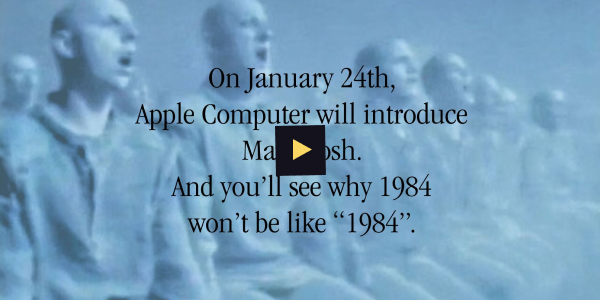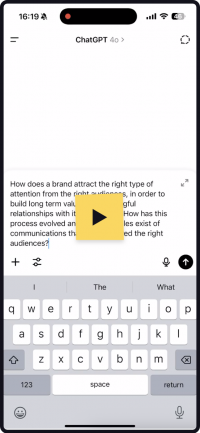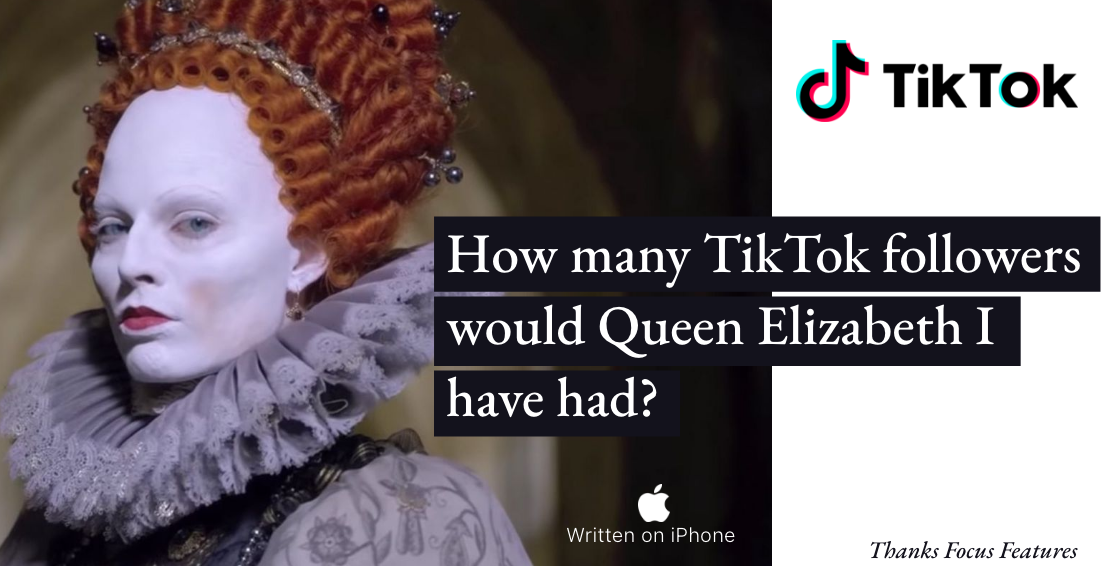
The famous quote that there is no such thing as bad publicity might raise wry smiles with recent hiccups in the communications campaigns of Andrew Tate, Tesla, Just Stop Oil, Jaguar and BP.
They all got lots of attention. But not necessarily the right kind.
Attention can be enormously powerful. Just ask Jesus. Or Mohammed. Or Trump (Donald). Or Elon.
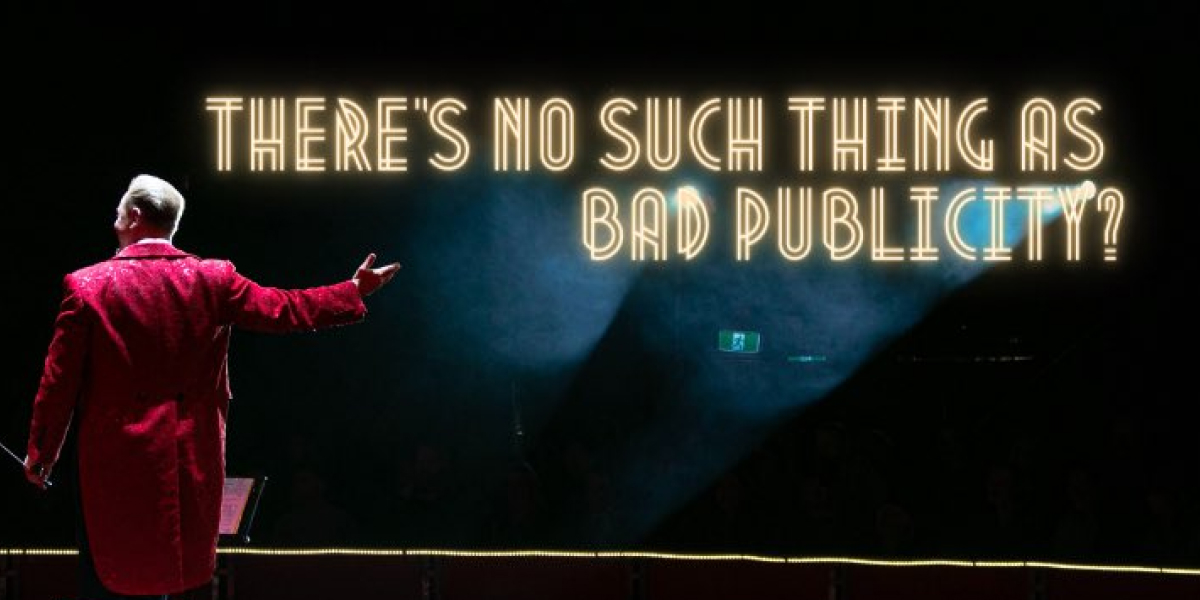
The right kind of attention for your brand can mean the difference between valuing your business at an upper quartile multiple or being at the bottom of your peer group’s valuation tables.
In this article, we look at how to attract the right type of attention for your brand and how to measure its quality. Learning what the optimum formulae of audience targeting, messaging and media choices are (MAN-MESSAGE-MEDIA) for your brand will deliver high quality and lasting brand attention.
We examine what the right type of attention looks like, how to recognise and measure it and how to optimise your marketing, communication and customer experience for it. In a world where attention spans are shortening, your brand has to work harder and harder to grow awareness, engagement and loyalty.
And at the end of this article, we’ve included Google’s Gemini summary and attached the ever-popular ChatGPT screen video version, too.
And if you’ve read this far, we hope you’ll give the rest of this article your full attention.
Attention “spams”

A study by Microsoft concluded that attention spans had declined by as much as 50% in 15 years (thanks Microsoft). In part, this is caused by a tsunami of messages, news and advertising served to an always-on, dizzying array of electronic devices. It is also caused by the mass of generic, anodyne and vanilla communications churned out by brands, the media industry and AI tools.
But the great news is people are giving media so much more of their attention.
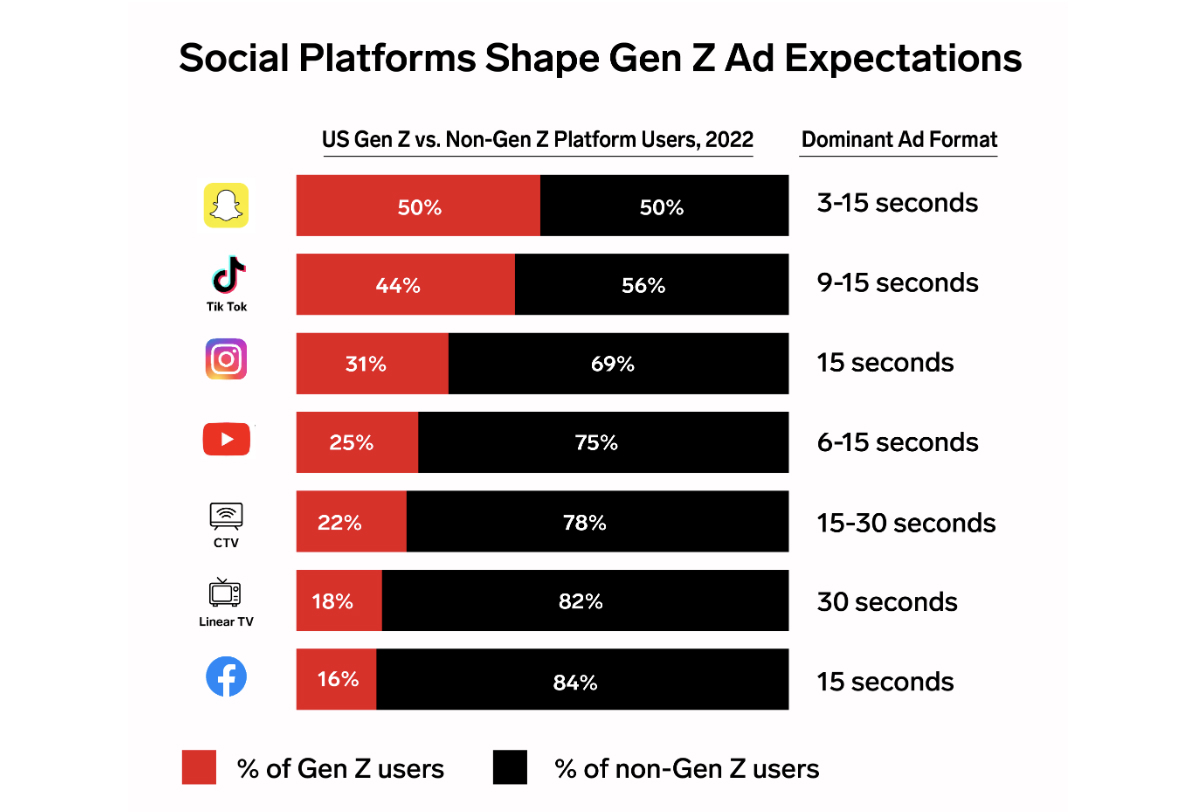
Stand up and pay attention
The right type of attention is scarce and is highly valuable. But it can be easy to attract the wrong type of attention, by being outrageous, controversial, dystopian, appealing to greed or fear or just by creating a communication that doesn’t fit norms. And the generative tools and media formats now at our disposal mean that we can very quickly and efficiently create communications that will turn heads. But are they the right ones?
Brands also need to be authentic and earn trust. Gratuitous attention erodes the belief in your brand that you need in order to turn attention into meaningful and valuable engagement. It’s a negative trust factor.
Borat, Madonna or Russell Brand all proved that by doing outrageous things, you can grab attention. But would you trust any of these characters to advertise your product or brand?
Equally, creating something that is distinctive and gets cut through but remains true to your brand’s values requires insight, craft and attention to detail.
Medium rare

As the world has moved away from the printed word to the static and moving image, conveying a message in a visual format is valued by many audiences more highly than just constructing beautiful prose.
Shakespeare has been replaced by George Lucas. Getty Images is more valuable than the Bodleian Library. Newspapers are out, TikTok is in.
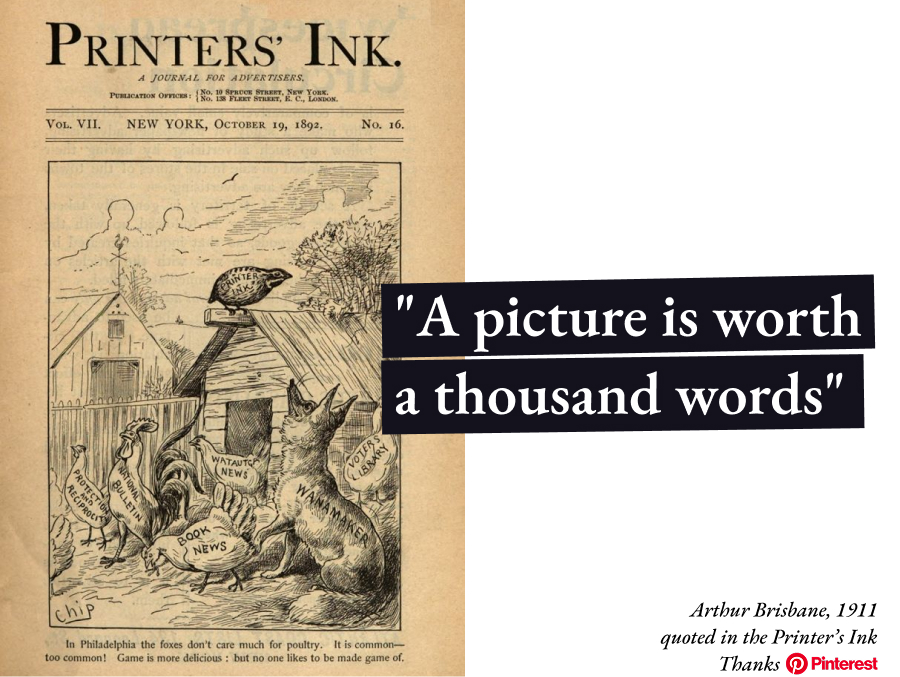
Lee Miller, the acclaimed World War II photographer, demonstrated that using original, carefully crafted and beautifully produced imagery told stories from the war much more powerfully than just the written word: her famous photography brought the right kind of attention, especially to the American public, which may well have influenced politicians to help bring that war to an end.

A best-selling novel might ship one million copies. But the Mona Lisa is viewed ten million times a year, and Kim Kardashian can attract one hundred million views of an Instagram post, in a single day.
Industries from food to property, tech to music all use photography, CGI and images to stimulate and hold attention. Here are some of our favourite examples.
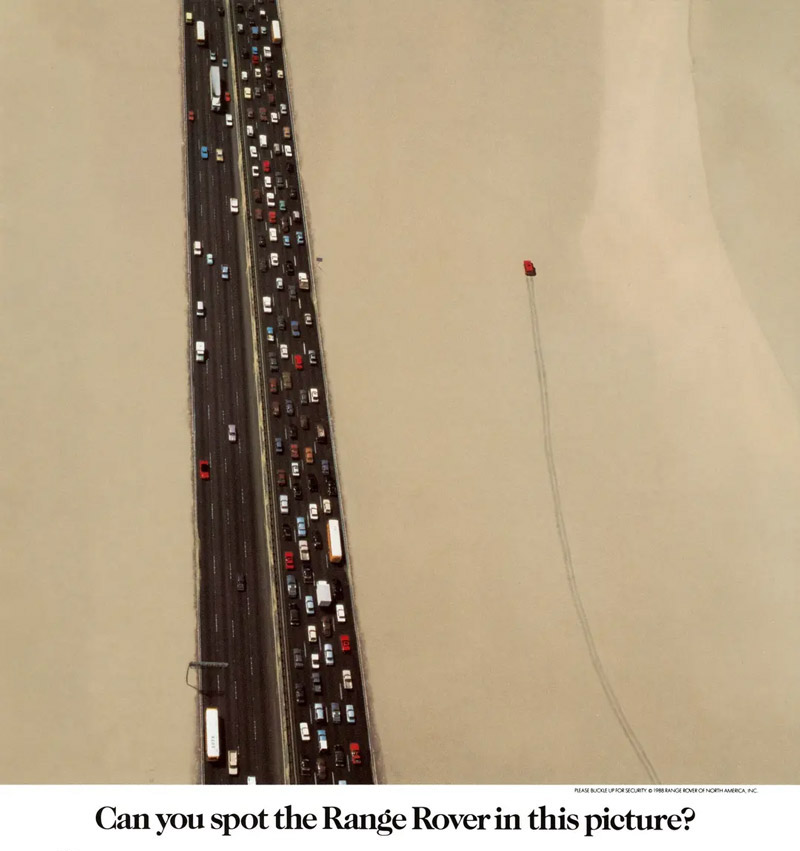
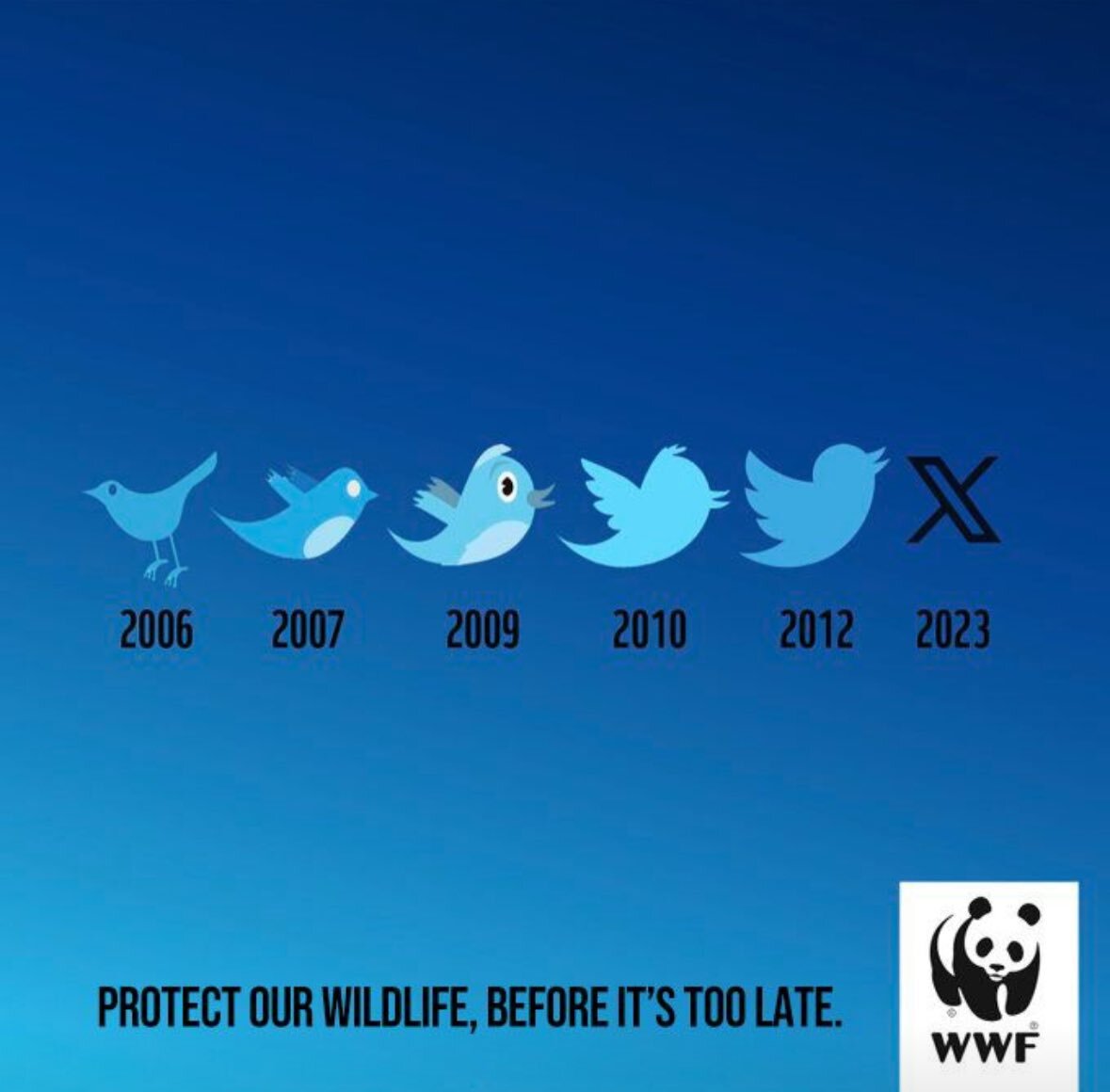
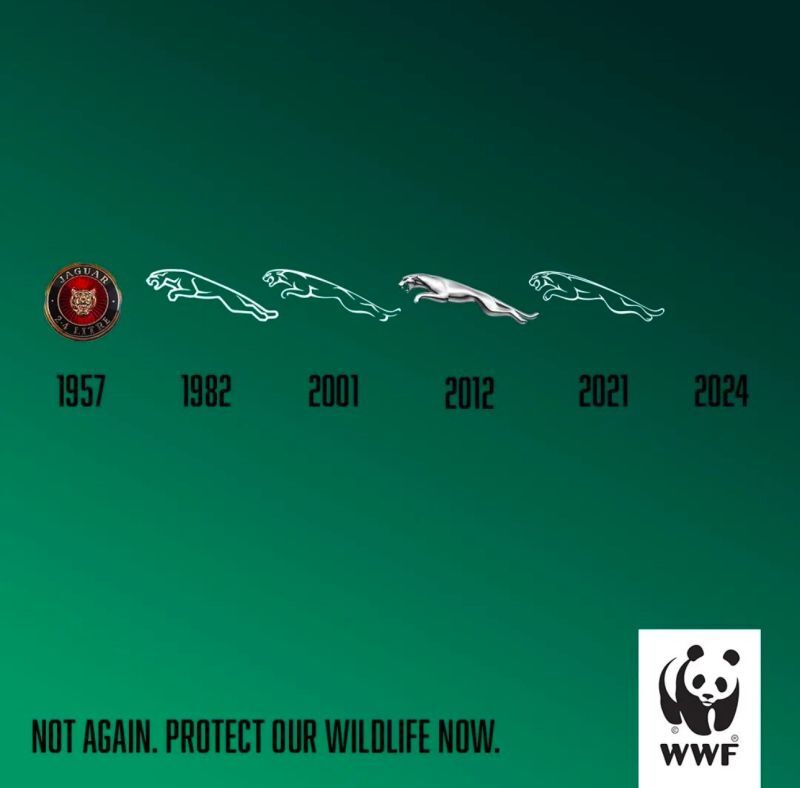


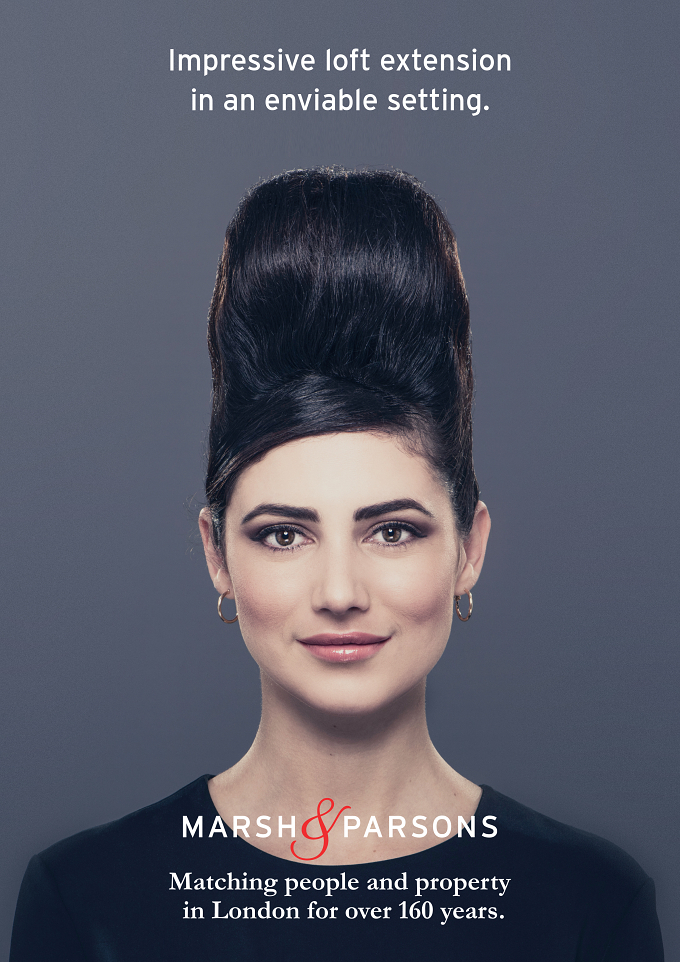

Look Over Here

There is much nonsense about how many ads and communications a typical internet user sees in a day. The reports of many thousands seem far-fetched and have been debunked entirely. Although there is no scientifically derived or empirical data, the best average estimate we could find was between 70 and 90 ad views per day, for a typical working person. This includes email, social media, streaming, flyers and posters (Thanks, The Drum). That’s a lot of images and scripts. In this exercise, the brand recall was precisely zero.
So much imagery now is “me too” (not hashtag). Clip art libraries, image banks, smartphone cameras and AI image generators have led to the production of unremarkable and formulaic images of products, people or settings that just don’t cut the mustard. If your ad, email or post is trying to compete with ~eighty others for a person’s attention each day, it’s got to be compelling, memorable, distinct and original.
Do your visual communications get cut through? What impression share, click through rates and dwell time do they get? Do you even know?
To get the right attention, your visual images need to be surprising (but relevant), original (but authentic) and impactful (but empathetic).
And of course adding the right words that complement your images, adds value to them, enhances them and makes for the most effective way to earn valuable audience attention.
The good, the bad and the ugly
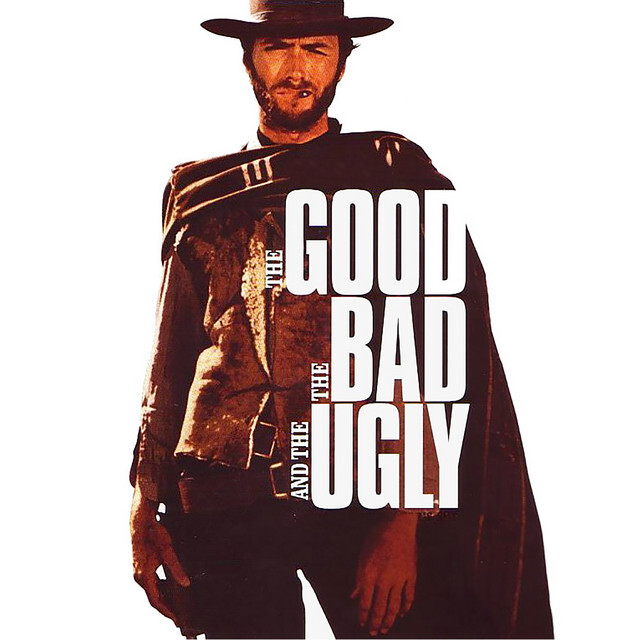
Since the birth of communications, philosophers, warlords, religious leaders, scientists, traders, entertainers, artists and politicians have invested in the skills, talent and craft of choosing their images and words carefully, to gain meaningful and lasting attention.
You could argue that Napoleon Bonaparte, Adolf Hitler, Hamas and Donald Trump also were (or are) masters of their written, verbal and visual communications, not least to get the attention of their audiences (whether you agree with their end goals and methods or not).
It’s hard to beat the combination of compelling and distinctive imagery with a clever, incisive and magnetic line or script. Blue Planet. National Geographic. The Sun. Anna Wintour. Their communications all combine extraordinary imagery with a unique narrative.
Humour, irreverence, subtlety and depth are highly valuable attributes in communicating your proposition and creating lasting attention. So few communications have any of these.
The craftsmanship of Herodotus, Confucius, Luther, Shakespeare, Washington, Orwell, Churchill, Miller, Ogilvy, Lucas, Attenborough and Rowling have captured incredible amounts of attention for their ideas and their work.
The originality, simplicity, and long-lasting compulsion of their communication are testament to the attention to detail, relentless focus on originality and ruthless quest for simplification.
If you want to learn about our guide to simplification, please see our article here.
Just Stop Oil, Tesla’s boss and BP’s corporate communications, on the other hand, have certainly attracted attention. But for the wrong reasons and with the wrong audiences, often resulting in disastrous results.

Just Stop Oil (now defunct) grabbed much media attention. But was it the right attention? The UK Government, with a big commitment to an environmental agenda, is giving the green light to major oil and gas field developments and the significant expansion of UK airports. Meanwhile, over 3,000 of Just Stop Oil’s protestors have been arrested and the movement has had to close down, owing to manpower issues (allegedly).
To learn more about audience understanding, see our previous article “Martini, Beatle and Spice” here.
Actions. They speak louder than words
Imagery and well-crafted copy can get the attention you want. But so can brand experiences.

In 2012, a man named Thomas Cook wrote to the travel company with the same name, requesting a free holiday for all the abuse he was getting, owing to Thomas Cook’s poor service and negative customer reviews. Thomas Cook plc responded on social media, saying they did not give away free holidays but that he should visit their website for great offers. Oops! They were widely booed. Lowcostholidays, an upstart competitor, jumped into the social media thread and gave the man, Thomas Cook, a free holiday. They became heroes.
The original story is here.

In 2021, Airbnb created a programme called Open Homes, offering refugees free accommodation by Airbnb’s hosts. It created huge media attention and positive reaction amongst Airbnb’s target audience.

Every year, Spotify sends each subscriber a summary of their listening habits and trends, with commentary. This feedback is shared by millions of its customers with potential new customers.
“Doing” the right thing for your customers, partners, suppliers, staff and investors can get you more of the right attention, for very little cost, enabled by the power of amplification of social media. Creative and value adding customer experiences should form a key part of your marketing strategy.
On the other hand, as Just Stop Oil has proved, doing the wrong thing can end in catastrophe.
Stop shouting. You’re giving me a headache
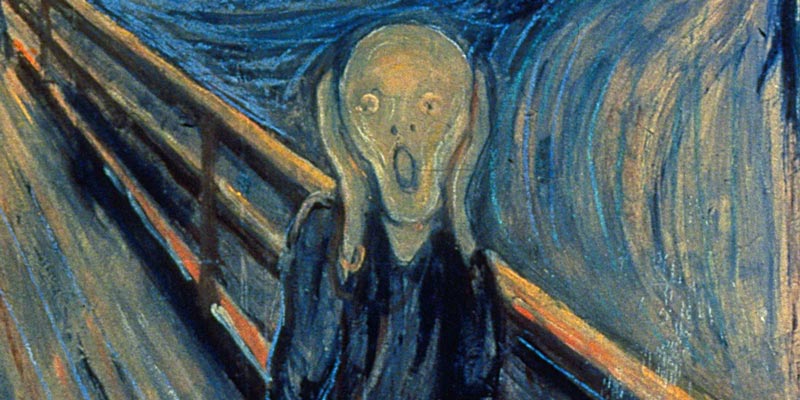
We use verbs like “fighting for”, “grabbing”, “commanding” when thinking about attention. All aggressive and shouty. They imply it’s about the volume of attention, not the quality. But it tells us that there is a battle in vying for audience attention.
But battles are often not won by the biggest and noisiest guns. They’re often won with guile, agility, experience and intelligent communication. Ask Napoleon, De Gaulle, Lyndon Johnson, George Bush or Vladimir Putin.
Audiences don’t want (or even like) noise, especially for its own sake. Communication needs to have meaning, relevance, simplicity, originality, longevity and resonance.
So if you need to keep using a megaphone when other brands can whisper their message, you’re doing something very wrong. Your message is not getting the right attention and you’ll end up having to spend way more than others, just to reach your audience, let alone influence it or retain its attention.
Sticky
Once you have attention, how do you hold onto it?

Gaining the right attention requires work. Holding onto it also needs careful craft and diligence. In a world where the ping notification of a WhatsApp message, a piercing ambulance siren or the bark of an office dog can cut through the most powerful, noise-cancelling headphones, keeping your audience’s attention is harder today than it has ever been.
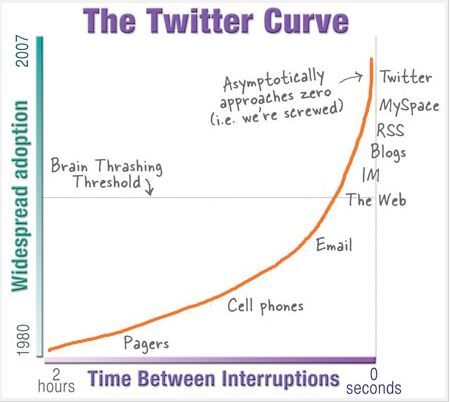
Opting out of communications is increasingly easy, enabling your audience to avoid you. Powerful and overzealous spam filters, ad blockers, ad skippers and unsubscribe tools allow your audience to be one tap away from ignoring your communications.
Ongoing, carefully crafted and consistent communication are essential to ensuring you retain the attention that you have worked so hard to acquire in the first place.
Mirror, mirror on the wall
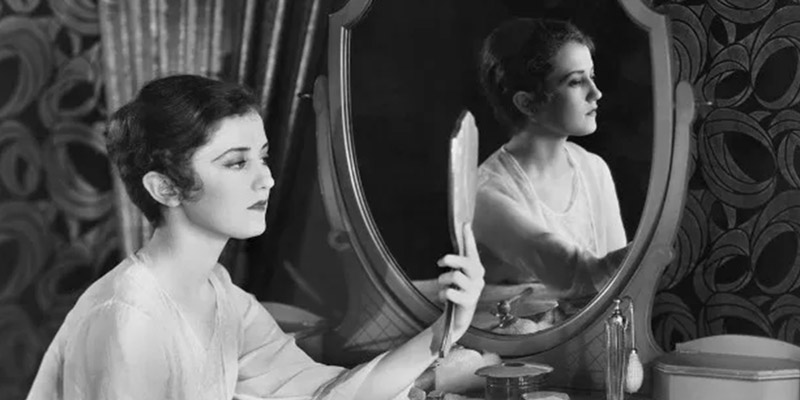
We finish with how to measure both attention volume and attention quality. Like the attention business, the data industry has become its own significant force. Much of the investment in marketing over the last thirty years has been focused on developing measurement systems that enable us to learn quickly about which campaigns are gaining attention from the right audiences (and which are not).
In the context of attention, there are lots of metrics your brand can use to track whether you are getting both growth in awareness and interest, as well as increases in engagement and retention from the right audiences.
Your social media reach and search engine visibility scores are simple and helpful metrics to assess how much attention your brand is attracting. They are proxies for share of voice and brand reach across different markets and segments. And competitor brand visibility benchmarks are freely available too. These correlations and trends provide helpful data to see if your brand is gaining or losing.
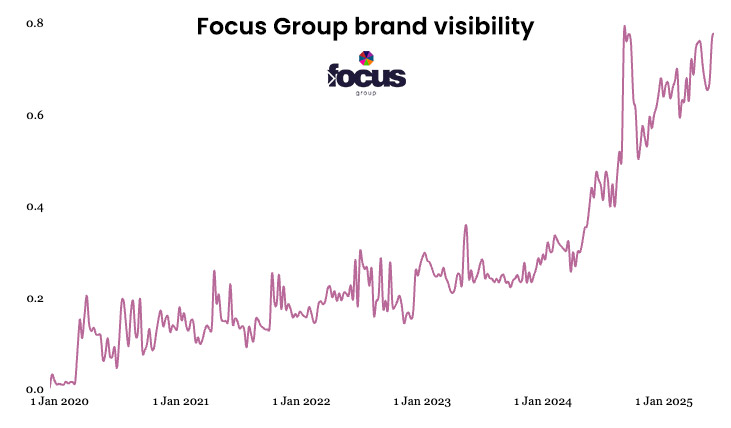
You should also be seeing healthy and continuous growth in your various lead, enquiry and conversion ratio metrics, email subscriptions and repeat purchases. These show in each market segment and product category how well you are targeting the right type of attention.
However attention for its own sake, measured purely by the volume of downloads, followers, likes and clicks will reduce your return on investment. If this type of attention does not lead to meaningful and profitable relationships that create long term value, such as repeat customers, you’ll be gaining the wrong type of attention.
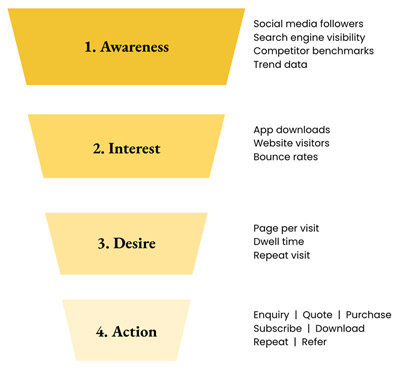
Each of these data need to be considered in the context of many other factors such as macro-economic conditions, market trends, competitor activity, M&A, pricing, product, marketing budget and technology changes.
But without all of these data, like Donald Trump’s approval ratings, it will be difficult to tell whether you are getting the right attention, from the right audiences as a result of your targeting, messaging and media choices.
If you’d like to know more about how to measure whether you’re attracting the right attention from the right audiences, the addmustard brand and data teams would be happy to have a look at your data and give some initial analysis.

Google’s Gemini synopsis of this article is here:
Okay, here’s a breakdown of that doc into key points, kinda like a chatty summary:
- Subject Line: It kicks off with “Oi, you”. Yes you.” – definitely grabs attention!
- Attention is Key: Basically, getting the right attention is what makes a brand valuable, no surprises there.
- People Hate Ads: Everyone tries to avoid ads these days, which says a lot about the advertising scene.
- Quality Over Quantity: It’s not just about getting lots of attention, it’s about getting the right kind from the right people.
- Know Your Audience: Really understanding your audience is crucial for knowing what signals they’ll respond to.
- Don’t Annoy People: Super important! Annoying your audience can do more damage than good.
- Measure Everything: Keep an eye on social media, website data, and CRM to see how people are engaging.
- Bad Publicity Isn’t Always Good: Just getting attention isn’t enough; it needs to be positive attention (think Andrew Tate vs. brands doing it right).
- Attention Spans are Short: People have shorter attention spans these days, so you’ve gotta work harder to grab and hold their attention.
- Outrageous Gets Attention, But…: Being outrageous can get you noticed, but it might not build trust (Borat example).
- Sticky is Key: Once you have attention, how do you keep it? That’s the next challenge!
- Visuals Matter: Images are super important these days, maybe even more than the written word.
- “Me Too” Imagery Doesn’t Work: Generic, stock images just don’t cut it anymore. You need something original and compelling.
- Ads Are Everywhere: People see tons of ads daily, but often don’t remember them.
- Be Surprising, Original, Impactful: To get noticed, images need to be all these things.
- Words + Images: The best combo is great visuals and great words.
- Actions Speak Loudest: What a company does is just as important as what it says. Real-world actions can generate a lot of good (or bad) attention.
- Don’t Shout: Shouting louder isn’t always the answer. Subtlety and meaning can be more effective.
- Measure Attention: There are ways to track how much and what kind of attention you’re getting (social media reach, conversions, etc.).
- Quality Over Quantity (Again!): Getting tons of followers or likes isn’t worth much if it doesn’t lead to real customers and relationships.

|
|




